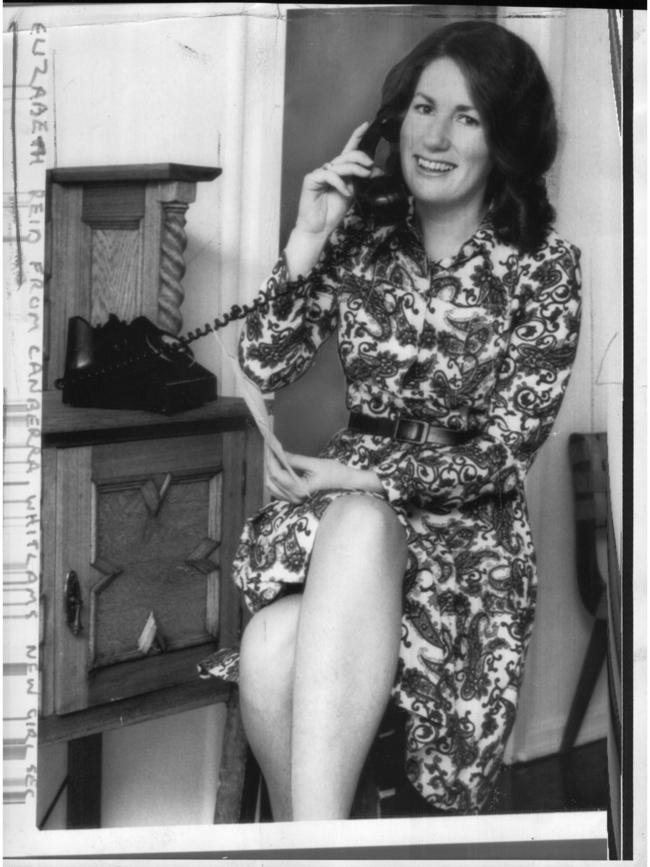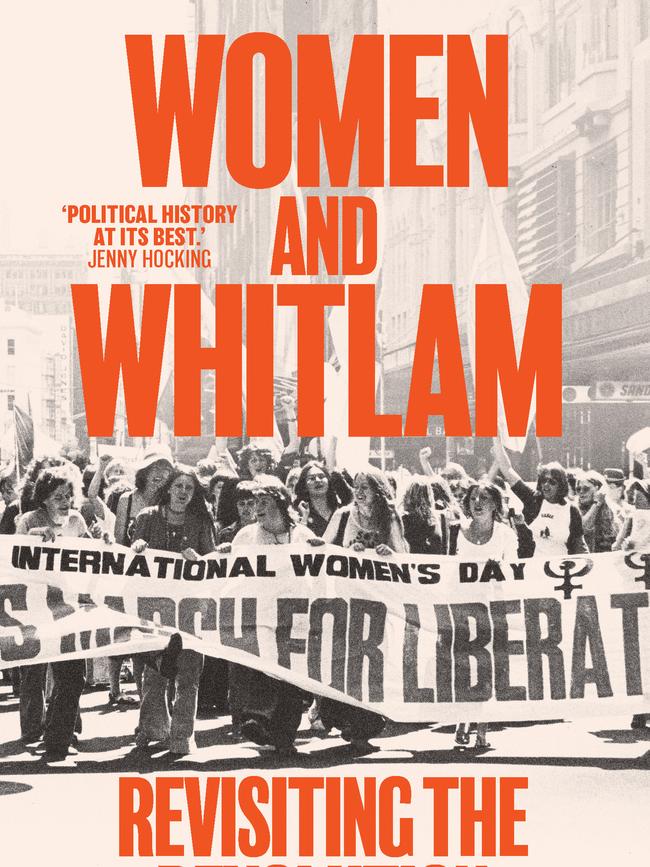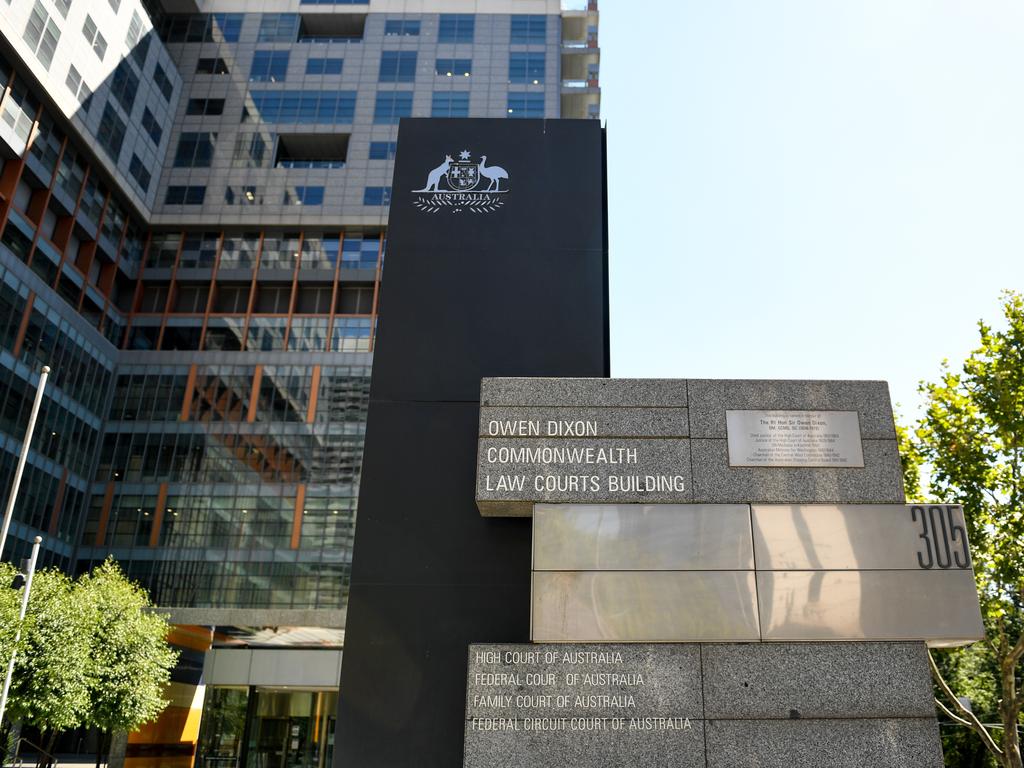The fight for no-fault divorce in Australia hides a brutal reality
Few legislative changes have provoked as much ongoing controversy as the introduction of the Family Law Act 1975.

Few legislative changes have provoked as much ongoing controversy as the introduction of the Family Law Act 1975, which removed the social stigma attached to family separation by establishing “irretrievable relationship breakdown demonstrated by a 12-month separation” as a single ground for divorce.
For the first time, the Act recognised marriage as a relationship between two equal human beings, with equal rights and responsibilities – previously, this had not been the case. Before 1975, married women had no right to a share in the family assets if those assets had been listed in their husband’s name, and often – if relatives were unwilling to take them in – no place to go if they left.
The Whitlam government’s family law reform agenda intervened in the patriarchal structure of 1970s society, attempting to establish a more equitable foundation for the family. Crucial to its success was the integration of legal change (including) access to legal aid, the supporting mother’s benefit, for women who could not stay in abusive marriages and relationships; as well as funding for women’s support services and a string of women’s refuges that were being established by a re-emergent women’s movement across the country.
For the first time, a woman’s unpaid labour as wife, mother and homemaker was to be taken into account in the division of family assets, forcing a historic shift in the recognition of women’s unpaid domestic labour as an economically valuable contribution to society.

Although women’s gains under the new laws were incremental and uneven, the reforms changed the lives of many women who were living in violent marriages and relationships – as well as women whose marriages were fraught, or simply not working – by giving them both a legal and an economic pathway out.
Some groups, including the Women’s Electoral Lobby, supported the change. Others, including Catholic clerics and conservatives, said the new law would make “a farce of marriage” and put the institution of the family “in danger”.
“Struggle looms on no-guilt divorce” warned the Sydney Morning Herald.
Opposition to the Bill largely centred on the desire to retain the attribution of “fault” in marriage breakdown. One Catholic bishop told the Sydney Morning Herald that the Bill threatened to introduce “Hollywood-style” divorce, constituting “the greatest blow against the Australia we love”.

“Guilt is vital in divorce” the Melbourne Herald reported, on a similar theme. Petitions were tabled in the House of Representatives and the Senate. Letters were sent to the editors of newspapers in every metropolitan centre. Religious groups held vigils on the lawns outside parliament, including a mock wedding ceremony organised by Fred Nile’s Festival of Light, featuring a bride dressed in a full-length wedding gown and veil.
Debate on the Family Law Bill was shaped by the moral panics of the 1960s and 1970s, including the spectre of the “permissive society”, the changing status of women, and the alleged disintegration of the family.
“NSW no. 1 divorce state”, ran the headline to an article in the Sydney Morning Herald, with a follow- up story warning “Australians are now being divorced at a rate of nearly one an hour”. Some news outlets blamed the women’s movement directly: “Divorce rise with wives’ earnings” ran The Australian.
But the social realities that underpinned mid-20th-century divorce were more complex than the gender stereotypes that drove the headlines. Desertion was the most common ground for divorce at the time the old laws were repealed. These cases mostly involved women who had been left by their husbands to raise their children on their own.
The difficulties of deserted wives were compounded by the legal requirement that they sue their husbands in the magistrate’s court to the point of having them jailed for non-payment of family maintenance in order to show, as barrister Anna Frenkel told the Sydney Morning Herald in 1973, that “they are destitute and that their husband has left them – before they are eligible for a deserted wives pension”.
If a deserted wife refused to sue, or if her husband could not afford to pay her maintenance when she did, as a solicitor explained in the Nation Review in 1976, then there was a significant chance that her husband may well end up in jail, and the wife and children could still be “faced with the spectre of immediate starvation’.
To obtain a divorce under the earlier provisions, separating couples had to demonstrate grounds. This included long-established fault-based grounds – namely, adultery, desertion, refusal to consummate, habitual cruelty, rape, sodomy or bestiality, drunkenness or intoxication by drugs or frequent convictions, imprisonment, attempts to murder or unlawfully kill or inflict grievous bodily harm, failure to pay maintenance, failure to comply with a restitution order, insanity, or presumption of death – and one new “no-fault” ground, being separation for a period of more than five years (with the proviso that none of the previously named “marital offences” were committed within this period).

Cases were heard in the Supreme Courts of the different states. At trial, one spouse would be found to be “at fault” for the breakdown of the marriage, and the other spouse would generally do better with their claims for maintenance and care of the children. Moreover, under the “restitution” provisions supported by the Act, judges could – and did – order women to return to abusive husbands. Marital rape was not a crime. And a “nagging” wife could be held to be responsible for any assaults that were subsequently perpetrated against her by her husband.
Alternatively, if sufficient evidence of “fault” could not be found, or if collusion between a separating couple could be proved, then the “relief” of a divorce would be refused. Unhappy couples were known to collude by manufacturing evidence of adulteries they had not in fact committed, going so far as to stage infidelities by hiring a private investigator to photograph one of them in a motel room with another partner. Trials were conducted in a glare of media publicity. They functioned as a warning to other married couples and a source of public entertainment, with newspapers like the Sunday Truth publishing salacious stories under headlines such as, “Ice Follie star went cold on her husband after two months”
But the tabloids’ focus on society divorces, private investigators and photographers masked a more brutal reality. To secure a divorce on the ground of “cruelty”, for example, a wife had to prove that “cruelty” – defined as grave physical violence – had been “habitual” for a period of “not less than 12 months”.
Once the Bill was drafted, attorney-general in the Whitlam government, Lionel Murphy reached out to speak to women directly. In an interview headlined “New style divorce”, which ran in the Australian Women’s Weekly in an issue with a “bonus bridal fashion lift out”, Murphy described the Bill as an attempt to “raise” women’s “status” by establishing marriage as “a relationship between two mature, responsible and equal people”, while addressing the “realities of women’s difficulties” in a “transitional stage of society”. He said that women had a right to legal information about divorce, and promised to make it available at the “local supermarket” and “notices in the butchers, if they’ll let us”.
It is worth noting that there were just five women in parliament when the Family Law Act was debated. It passed.
The Family Court of Australia opened its doors in 1976. The court’s innovations broke with the adversarial model of justice, introducing revolutionary ideas about the role of counselling and social science in meeting families’ needs. An air of informality grounded the new court: judges sat on the same level as parties, rather than behind a high bench, and barristers appeared without wigs or robes.
The Family Law Act brought about a decisive shift in thinking about the institution of the family, and the role that men and women play in maintaining or disrupting it.
By the end of the decade, the Weekly would be offering women advice on the matter, marked by a tone of practicality and confidence. In a five-part special subtitled “An easy guide to family law” published in 1979 – alongside articles on easy summer cooking and how to make a beer can hat – the magazine told its readers that they had legal and economic rights, and their unpaid domestic labour would have economic value in the eyes of the new Family Court.
Edited extract from Every Difficult Female: Women and the Family Law Act by Camilla Nelson, published in Women and Whitlam: Revisiting the Revolution, edited by Michelle Arrow (NewSouth, $34.99)






To join the conversation, please log in. Don't have an account? Register
Join the conversation, you are commenting as Logout